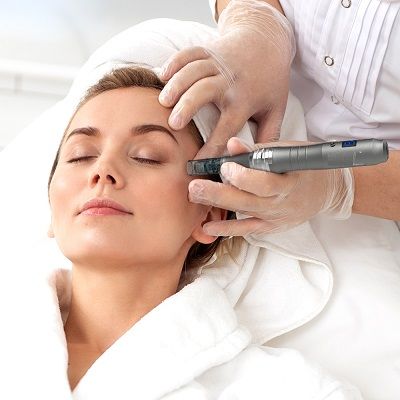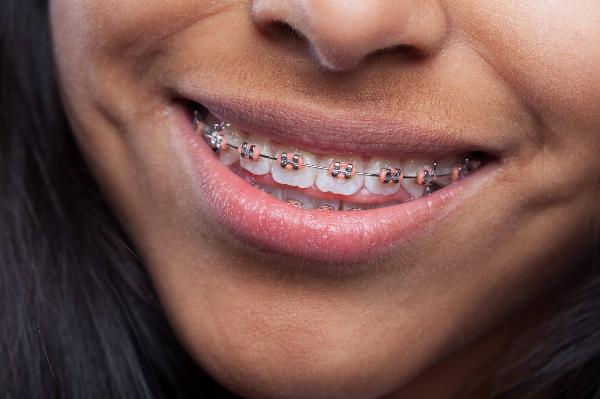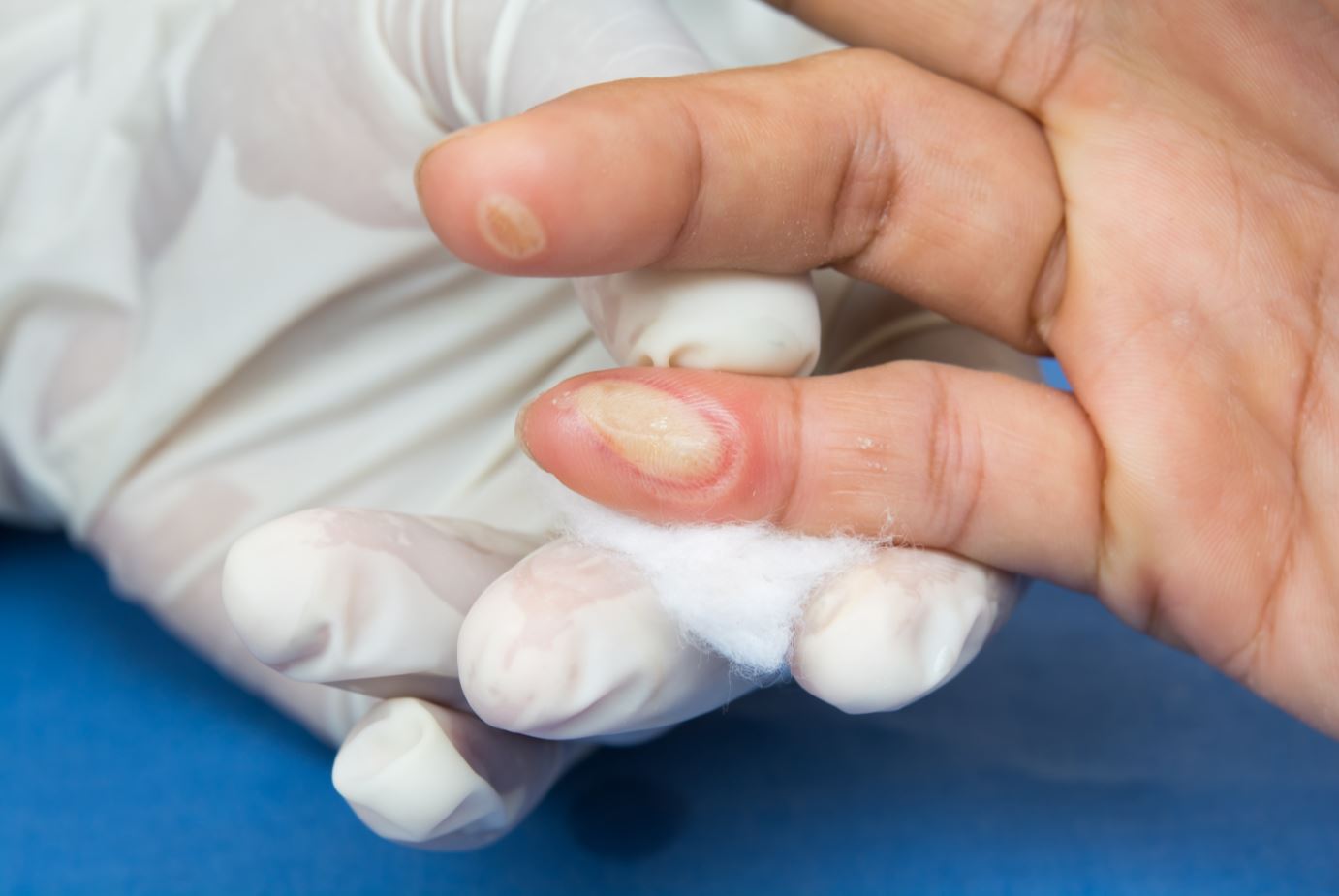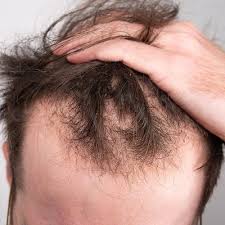"Comprehensive Guide to Actinic Keratosis Treatment"

Strong 8k brings an ultra-HD IPTV experience to your living room and your pocket.
Actinic keratosis (AK) is a common skin condition characterized by rough, scaly patches or lesions caused by prolonged exposure to ultraviolet (UV) radiation, typically from the sun. While often harmless, these lesions can sometimes progress to skin cancer if left untreated. Therefore, timely and appropriate treatment is crucial. In this comprehensive guide, we delve into the various treatment options available for Actinic Keratosis Treatment in Dubai, ranging from topical medications to surgical procedures.
Understanding Actinic Keratosis
Before exploring treatment options, it's important to understand the nature of actinic keratosis. These lesions typically appear on sun-exposed areas such as the face, scalp, ears, neck, arms, and hands. They often manifest as rough, scaly patches, ranging in color from pink to red or brown. While they are usually benign, they have the potential to develop into squamous cell carcinoma, a type of skin cancer.
Treatment Options
Topical Medications:
Imiquimod: This prescription cream works by stimulating the body's immune system to target and destroy abnormal skin cells. It is applied directly to the affected area and typically requires several weeks of treatment.
5-Fluorouracil (5-FU): Similar to imiquimod, 5-FU is a topical cream that works by targeting rapidly dividing cells, including precancerous cells. It is applied once or twice daily for several weeks.
Diclofenac: This topical gel is often used in combination with hyaluronic acid and can help reduce inflammation and promote the regression of actinic keratosis lesions.
Ingenol mebutate: Available as a gel or solution, ingenol mebutate works by causing cell death in the affected area. It is typically applied once daily for two or three days.
Photodynamic Therapy (PDT):
PDT involves applying a photosensitizing agent to the affected area, which is then activated by a light source. This leads to the destruction of abnormal cells while minimizing damage to surrounding healthy tissue.
Cryotherapy:
Cryotherapy involves freezing the affected area with liquid nitrogen, causing the lesions to blister and eventually fall off. It is a quick and relatively painless procedure that is commonly used for treating isolated lesions.
Surgical Procedures:
Curettage and Electrodessication: This procedure involves scraping off the affected area with a curette and then cauterizing the area with an electric current to destroy any remaining abnormal cells.
Excisional Surgery: In cases where actinic keratosis lesions are large or suspected of being cancerous, surgical excision may be necessary. This involves cutting out the lesion and surrounding tissue and is typically performed under local anesthesia.
Chemical Peels:
Chemical peels involve applying a chemical solution to the skin, which causes the top layers to peel away, revealing smoother, healthier skin underneath. While not specifically designed to treat actinic keratosis treatment, certain types of chemical peels can help improve the appearance of sun-damaged skin and reduce the risk of developing new lesions.
Conclusion:
Actinic keratosis is a common skin condition that requires prompt and appropriate treatment to prevent the progression of skin cancer. With a variety of treatment options available, ranging from topical medications to surgical procedures, individuals can work with their dermatologists to develop a treatment plan tailored to their specific needs and preferences. Additionally, practicing sun safety measures such as wearing sunscreen, protective clothing, and avoiding excessive sun exposure can help prevent the development of new actinic keratosis lesions.
Note: IndiBlogHub features both user-submitted and editorial content. We do not verify third-party contributions. Read our Disclaimer and Privacy Policyfor details.







